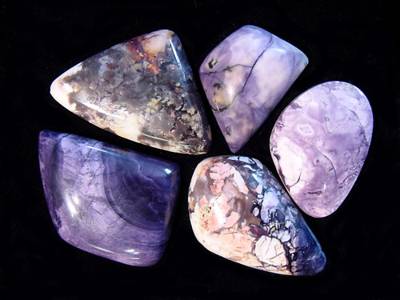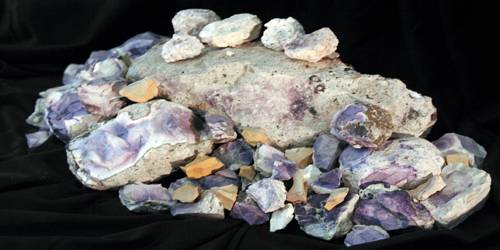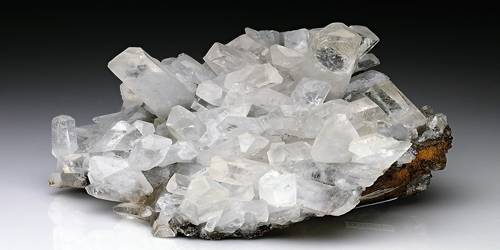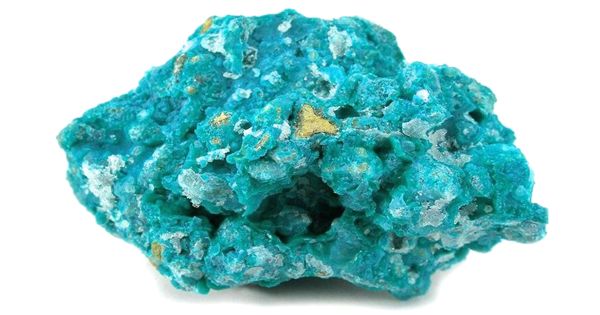Bertrandite is a beryllium sorosilicate hydroxide mineral with composition: Be4Si2O7(OH)2. It is a beryllium sorosilicate hydroxide that often occurs as a replacement of beryl. It was discovered near Nantes, France in 1883 and named after Emile Bertrand, a French mineralogist. It is a colorless to the pale yellow orthorhombic mineral with a hardness of 6-7.
It, with beryl, are ores of beryllium. It was discovered near Nantes, France in 1883 and named after French mineralogist, Emile Bertrand (1844–1909).
General Information
- Category: Sorosilicate
- Formula: Be4Si2O7(OH)2
- Crystal system: Orthorhombic
- Crystal class: Pyramidal (mm2).

Properties
It has translucent to transparent appearance. It is a non-fluorescent mineral with a vitreous luster, a white streak, and perfect cleavages. The fractures appear brittle as displayed by glasses and most of the non-metallic minerals. Its crystals are prismatic in shape. It has an average density of 2.59 g/cm3 and its relative hardness ranges from 6 to 7.
- Color: Colorless to pale yellow
- Crystal habit: Thin tabular, prismatic to needle-like crystals commonly in radial clusters
- Twinning: Common on {011} or {021} forming heart or V-shaped twins
- Cleavage: Perfect on {001}; distinct on {100}, {010} and {110}
- Mohs scale hardness: 6 – 7
- Luster: Vitreous, pearly on cleavage surfaces
- Diaphaneity: Transparent
- Specific gravity: 2.59 – 2.60
Occurrence
Bertrandite occurs in the fissures in granites, related pegmatites and also in miarolitic cavities in greisens. It is an alteration product of beryl, and very rarely as a primary mineral. It is closely associated with quartz, fluorite, muscovite, tourmaline, herderite, phenakite and beryl.
It is commonly found in beryllium rich pegmatites and is in part an alteration of beryl. Bertrandite often occurs as a pseudomorphic replacement of beryl. Associated minerals include beryl, phenakite, herderite, tourmaline, muscovite, fluorite, and quartz. One of the world’s largest deposits of Bertrandite is Spor Mountain Utah which is currently the source of most of the world’s beryllium production.
Information Source;
















